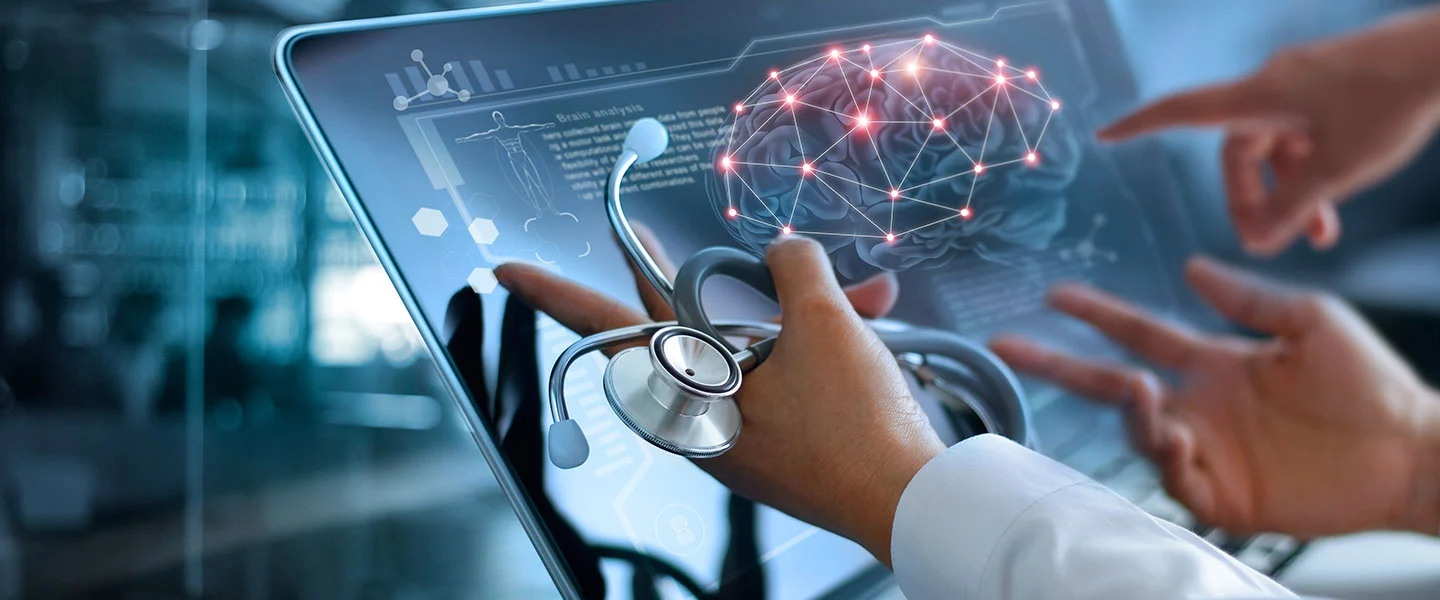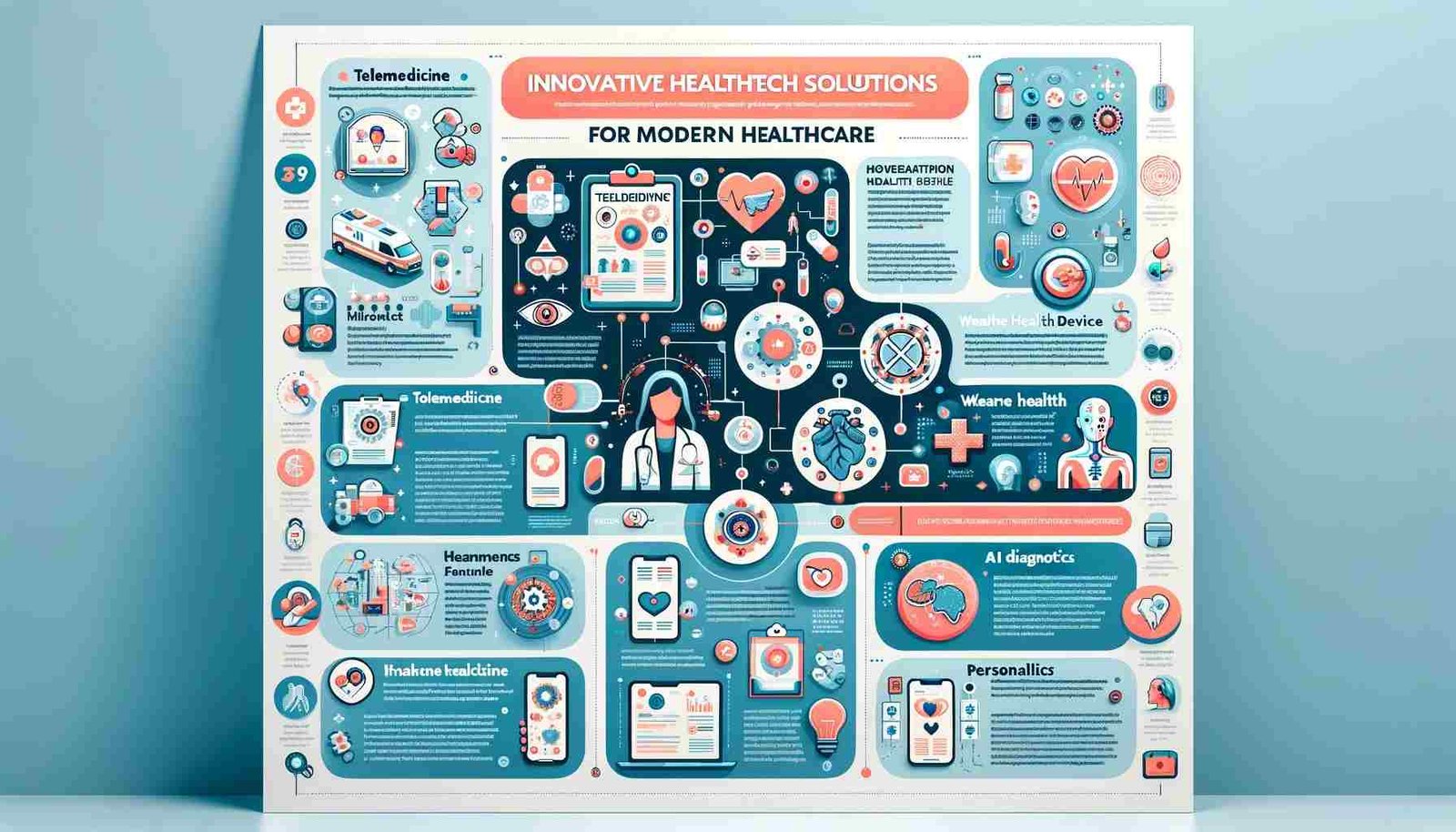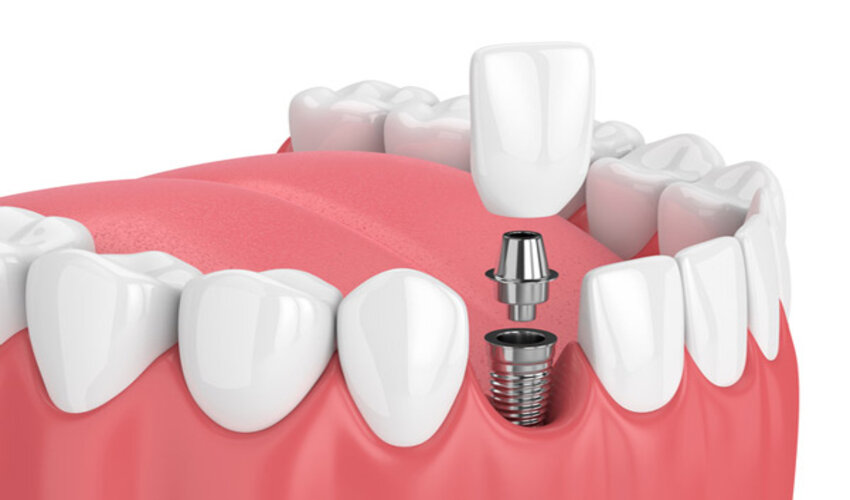Artificial intelligence is changing how dental clinics work each day. It helps dentists understand problems earlier, plan treatments with more accuracy, and reduce mistakes that used to be common. AI also supports the workflow behind the scenes. It manages records, organizes data, and monitors patterns that the human eye often misses. This makes dental visits smoother for both patients and dental teams. Many clinics now rely on AI tools for X-ray reading, scheduling, and predicting patient risks. These tools don’t replace dentists—they support them so they can focus more on patient care. As AI continues to improve, it becomes a normal part of modern dentistry, shaping the way clinics operate and helping patients receive safer and clearer treatment.
How AI Improves Dental Imaging
Digital imaging has always been a key part of dentistry. AI takes it further by reading X-rays faster and with more detail. It marks small changes that might not be visible at first glance. This includes early cavities, bone loss, cracks, or gum issues.
The system studies thousands of images, learns patterns, and highlights suspicious areas. The dentist then checks these points. This makes diagnosis more accurate. It also reduces the chance of missing something important. Patients get clearer answers because the dentist has better information in front of them.
Detecting Problems Before They Get Worse
AI can predict dental problems before they start to cause pain. It uses data from previous visits, eating habits, X-rays, and even brushing patterns.
For example:
-
It can estimate the risk of cavities.
-
It can track early gum inflammation.
-
It can show how fast bone loss may happen.
-
It can warn dentists about alignment issues.
This helps clinics act early. Instead of fixing large problems later, the dentist can prevent them. Patients spend less time in treatment and more time maintaining their oral health.
Supporting Dentists During Treatment
AI tools can guide dentists during procedures. Some systems show real-time alerts. Others display visual markers on scans.
For example:
-
During root canals, AI can help locate hidden canals.
-
During implant placement, AI guides the angle and depth.
-
During orthodontic planning, AI predicts how teeth will move.
This gives dentists more confidence and reduces stress for the patient. Procedures become more predictable, and healing often improves because the placement is more precise.
Personalizing Treatment Plans
Every mouth is different. AI systems study each patient’s records and create a plan that fits their needs. The plan may include brushing reminders, cleaning schedules, treatment options, and risk levels.
This helps the dentist explain the next steps more clearly. Patients understand the logic behind each recommendation. There’s less confusion and fewer surprises.
Helping Clinics Run Smoothly
A busy clinic deals with a lot of paperwork. AI helps by organizing patient information, updating files, and checking for missing details. Some systems manage appointments automatically by tracking available times.
For example:
-
AI can remind patients about appointments.
-
It can reduce no-shows by sending follow-ups.
-
It can help the staff avoid double bookings.
-
It can store X-rays, treatment notes, and forms neatly.
This saves time for the clinic team. It also helps avoid mistakes that happen when schedules get crowded.
Improving Communication Between Patients and Dentists
Clear communication is important in dental care. AI makes this easier by simplifying explanations and offering visual aids.
Patients can see digital models of their teeth with markers showing areas of concern. This helps them understand the problem without guessing.
AI chat systems can also answer basic questions, explain after-care steps, and manage simple requests. This reduces the pressure on clinic staff and keeps communication open.
AI in Orthodontics
Orthodontic care requires precise planning. AI software can design aligners, simulate tooth movement, and estimate how long treatment will take.
Patients can see the expected result before starting. Dentists can adjust the plan if needed. The process becomes smoother and more predictable.
AI can also track progress and send alerts if teeth aren’t moving as planned. This helps avoid delays in treatment.
AI in Cosmetic Procedures
Cosmetic dentistry often focuses on appearance. AI tools can show how whitening, veneers, or alignment might look before treatment.
The software studies the patient’s face shape, tooth size, and smile curve. It then suggests small changes that look natural.
This helps reduce trial and error. The dentist can plan everything accurately and avoid unnecessary steps.
Robotic Support in Dental Surgeries
Some clinics use robotic arms guided by AI during implant surgeries. These tools help place implants with high precision. The robot does not act alone. The dentist controls it, while the AI ensures accuracy.
The benefits include:
-
Smaller incisions
-
Less pain after the procedure
-
Faster healing
-
More stable implant placement
Although not every clinic uses this technology yet, it’s becoming more common as tools become easier to operate.
Making Preventive Care Simpler
AI can turn preventive care into a daily habit. Smart toothbrushes track brushing time and technique. Apps send reminders when someone misses a spot.
Children can benefit too. Some apps create simple brushing games to keep them consistent.
The data recorded can be sent to the clinic. Dentists can see brushing patterns and offer specific advice instead of general guidance.
Training Dental Students With AI Tools
AI is now used in dental schools. Students can practice on virtual patients that respond like real people.
These simulations help students learn:
-
How to identify problems
-
How to manage tools
-
How much pressure to apply
-
How to handle unexpected issues
They get instant feedback. They can repeat tasks until they improve. This creates better training before they work on real patients.
Helping With Patient Anxiety
Many people feel nervous during dental visits. AI can help by monitoring stress levels through facial expressions or movement.
If the system detects discomfort, it alerts the dentist.
Some clinics use AI to create soothing environments with personalized music or lighting based on patient preferences.
This small support helps patients relax and allows dentists to adjust their approach.
Keeping Data Safe
With AI handling so much information, data safety matters. Clinics use systems with encryption and limited access. Patients should always know how their data is stored.
Secure AI systems protect patient records while still allowing dentists to access what they need quickly.
AI for Better Follow-Up Care
After a treatment, follow-up matters. AI helps by sending reminders, tracking healing progress, and asking simple check-in questions.
If the system detects a possible issue, it notifies the clinic. This helps prevent complications and makes sure patients stay on track.
Making Dental Care More Accessible
AI can support clinics in smaller areas where specialists are limited. A dentist Hallandale Beach FL may use AI to offer advanced analysis without sending patients to a distant specialist.
This makes care more convenient. It also reduces costs by providing accurate information early.
Challenges Clinics Face With AI
AI has limits. It depends on good data. If the data is incomplete, the results may be wrong.
Some clinics struggle with cost. Others worry about losing personal connection with patients.
Training is also needed. Staff must learn how to use the tools correctly.
Still, most challenges can be solved with clear guidelines and steady implementation.
The Future of AI in Dental Clinics
Future clinics may use AI to monitor oral health daily through smart devices. AI could detect early signs of disease without the patient noticing.
3D printing might connect with AI to create instant crowns or aligners. Tele-dentistry may expand with AI-assisted diagnostics.
These changes won’t remove the dentist’s role. They will make care safer, simpler, and more personalized.
What Patients Should Expect
Patients may see more screens and digital models during visits. They might receive more detailed explanations about their teeth.
Appointments may become shorter because AI handles preparation steps.
Treatments may feel safer because every choice is supported by accurate data.
Final Thoughts
AI is shaping the modern dental clinic. It makes diagnosis more accurate, treatment more predictable, and daily operations easier to manage. It supports dentists without replacing the human judgment that patients trust. As these tools continue to grow, they help create a smoother and clearer dental experience for everyone.















